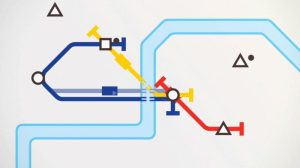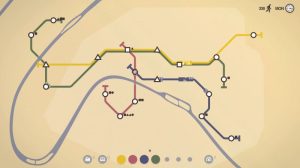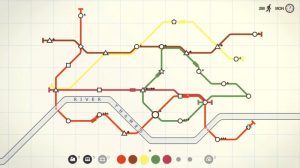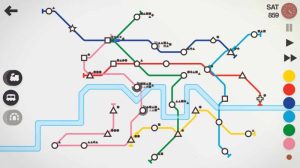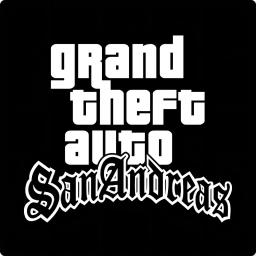Mini Metro, developed by Dinosaur Polo Club, is an indie puzzle simulation game that captivates players with its minimalist design and strategic gameplay. Released in 2015, it quickly became a favorite among gamers for its elegant graphics and engaging challenges. Available on multiple platforms, including PC, Mac, Linux, iOS, Android, and Nintendo Switch, Mini Metro lets players experience the complexities of urban transit planning in a beautifully abstract environment.
Mini Metro’s visual design is both simple and highly effective, resembling a sleek, abstract transit map. Stations are represented by various geometric shapes—circles, triangles, squares, and more—each signifying a different type of station. Passengers are depicted by smaller shapes that indicate their desired destinations, matching the shapes of the stations. As the game progresses, the city expands organically, with new stations emerging randomly, increasing the complexity of the network. The design remains clean and polished, prioritizing clarity and functionality, allowing players to focus on strategic planning without unnecessary distractions.
Mini Metro is primarily a puzzle and simulation game, where the objective is to design and efficiently manage a subway system that connects passengers to their desired destinations. The gameplay is both relaxing and challenging, offering a meditative experience as players strategize optimal routes and connections. Unlike traditional fast-paced strategy games, Mini Metro allows players to plan and adjust their networks calmly, although the growing complexity of the city introduces tension and demand for quick, effective decision-making. The simplicity of its mechanics belies its depth, as players must continuously optimize routes, manage train frequency, and prevent station overcrowding.
The most challenging aspect of Mini Metro lies in maintaining an efficient and fluid transit network as the city expands. As new stations appear randomly and passenger demand increases, players must adapt quickly to prevent overcrowding. This requires strategic thinking in extending lines, creating transfer hubs, and managing limited resources such as trains and tunnels. Deciding where to place upgrades—whether adding more carriages, extending lines, or creating new routes—becomes crucial for managing congestion. The unpredictability of station placements forces players to stay adaptable, constantly revising their network for maximum efficiency.
The game’s difficulty curve is masterfully crafted, starting with simple layouts but gradually introducing more stations, passenger demands, and complex city designs. This progressive challenge keeps players engaged, pushing them to experiment with new strategies and optimize their networks continually. The satisfaction of overcoming these logistical puzzles makes Mini Metro not only a test of strategic thinking but also an incredibly rewarding experience for players who enjoy puzzle and simulation games.


